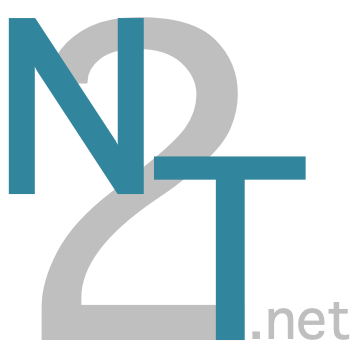The purpose of the OMIT ontology is to establish data exchange standards and common data elements in the microRNA (miR) domain. Biologists (cell biologists in particular) and bioinformaticians can make use of OMIT to leverage emerging semantic technologies in knowledge acquisition and discovery for more effective identification of important roles performed by miRs in humans' various diseases and biological processes (usually through miRs' respective target genes).
- Prefix
omit- Preferred Prefix
OMIT- Alternative Prefixes
- OMIT
- Keywords
- annotation biology cell gene gene prediction life science mirna molecular entity molecular interaction obo ontology prediction and recognition protein regulation of gene expression
- Version
- dev
- License
- CC-BY-3.0
- Links
- Homepage Repository OBO OWL
- Contact
- Jingshan Huang 0000-0003-2408-2883 Huang-OMIT
- Pattern for Local Unique Identifiers
-
Local identifiers in Ontology for MicroRNA Target should match this regular expression:
^\d{7}$ - Example Local Unique Identifier
- 0000069 Resolve
- Pattern for CURIES
-
Compact URIs (CURIEs) constructed from Ontology for MicroRNA Target should match this regular expression:
^OMIT:\d{7}$ - Example CURIE
- OMIT:0000069
- Publications
Ontology
A summary of the relations in the Bioregistry schema can be found here.
-
Appears In (1) (
bioregistry.schema:0000018) - MCO
Metaregistry Ontology for MicroRNA Target
The metaregistry provides mappings between the Bioregistry and other registries. There are 10 mappings to external registries for this resource with 3 unique external prefixes.
| Registry Name | Registry Metaprefix | External Prefix | Curate |
|---|---|---|---|
AberOWL

|
aberowl |
OMIT
|
|
| BioContext | biocontext |
OMIT
|
|
BioPortal

|
bioportal |
OMIT
|
|
FAIRSharing

|
fairsharing |
FAIRsharing.mf91p5
|
|
Identifiers.org

|
miriam |
omit
|
|
N2T

|
n2t |
omit
|
|
OBO Foundry

|
obofoundry |
omit
|
|
OLS

|
ols |
omit
|
|
OntoBee

|
ontobee |
OMIT
|
|
|
Wikidata (E)
|
wikidata.entity |
Q81661752
|
RDF Information
When using this resource in RDF, the following URI format should be used:
http://purl.obolibrary.org/obo/OMIT_$1
Providers
A provider turns a local unique identifiers from a resource into a URI. Many providers are also resolvable as URLs (i.e., they can be used in a web browser).
The local unique identifier 0000069 is used to demonstrate the providers
available for Ontology for MicroRNA Target. Some providers may use a different example, which is displayed in the table below.
A guide for curating additional providers can be found
here.